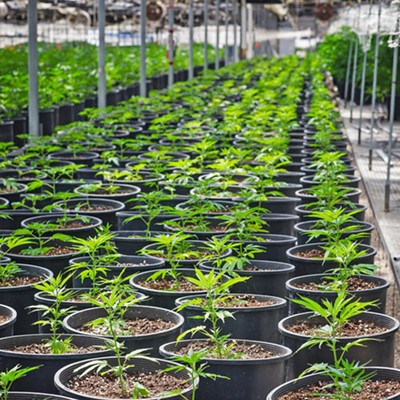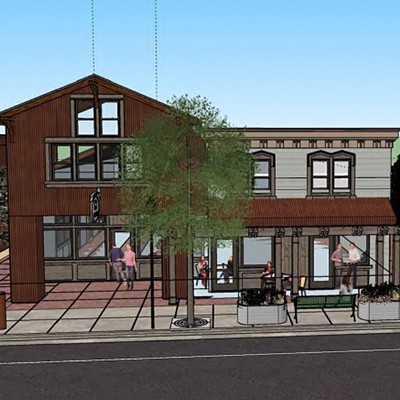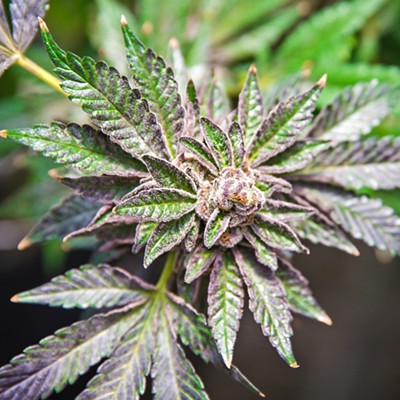The Santa Barbara County Board of Supervisors decided to change permit requirements for cannabis cultivation permits, which will give decision makers like the board more say over projects and place additional requirements on cannabis businesses.
The proposal would require commercial cannabis license applicants to obtain a conditional use permit, a permit that requires a public hearing, rather than a simple land use permit, which doesn’t, Planner Corina Venegas told supervisors during the May 24 meeting.

“The differences are that a [conditional use permit] is more expensive and may require additional processing time, additional findings to be met, and as a result a greater discretion for the board,” Venegas explained.
One of the added requirements of the new permitting process would be an odor abatement plan, in which an applicant has to explain how they will reduce odors for all grows except for some outdoor cultivation projects (known as agriculture II projects), Venegas said.
Although the supervisors approved the new permit requirement 3-2 (with 5th District Supervisor Steve Lavagnino and 2nd District Supervisor Gregg Hart dissenting), supervisors debated odor before their vote because of the challenges that come with mitigating a smell produced outdoors.
Anna Citron—representing the Coalition for Responsible Cannabis—spoke during public comment in support of the permit changes and asked supervisors to expand the odor abatement plan to more projects.
“Odor is the greatest compatibility issue and the plan is the primary tool for these impacts, but we’re concerned staff recommends exemptions for most agriculture II grows. It undermines the ability to address where that is an issue in a project. Odors can travel beyond adjacent properties and can impact residential areas from miles away,” Citron said.
Third District Supervisor Joan Hartmann agreed with Citron and highlighted the odor-related experiences in her district.
“In the Santa Ynez Valley we have a lot of outdoor grows, and I don’t think anybody expects them to put treatment on those, but we are finding it’s pervasive. It’s not around a certain grow; the wind blows it and it’s regional. If we add more and more, it will get more impactful to people’s lives,” Hartmann said.
However, Lavagnino said, the abatement plan raises residents’ expectations and creates more obstacles for applicants to overcome.
“One of the things we do here constantly is move the goal post, and this is exactly that. You’re in the process, and I would guess people on the list have been on our list for years and now will get this information,” he said. “It’s going to pass anyway and set expectations high, but the actual result of this is going to be very negligible. I don’t think it will do anything to eliminate appeals and people will still say it smells.”
Hartmann agreed with Lavagnino’s concerns about raising expectations, but she said it’s important that the county try to get cultivation applicants to mitigate cannabis odor.
“We have to make it clear that we cannot get rid of [odor], but it’s something people should try to do because it does interfere with other people’s quality of life and enjoyment of their own property,” she said.













